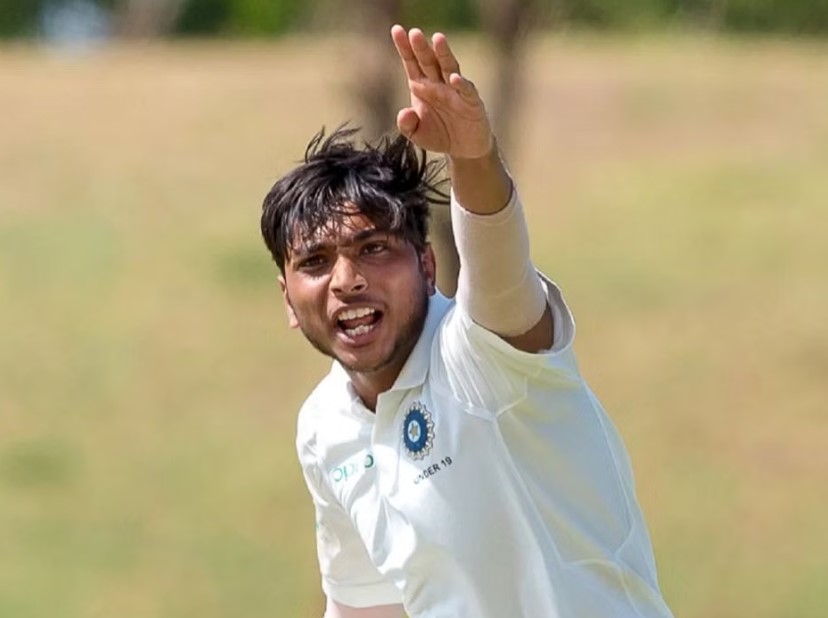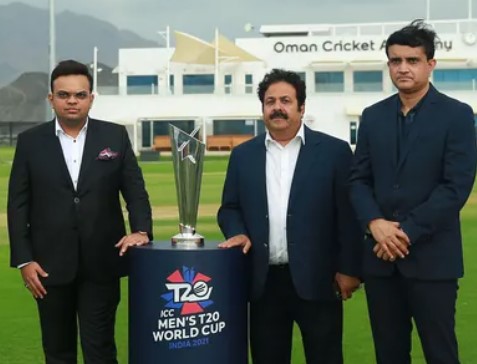Mithali Raj, former captain of India women’s ODI and Test teams, and Anju Bobby George voiced their opinion on Tuesday in a seminar titled “Encouraging Girls To Play in Sports & Communities” about the hurdles and why it is important that schools need to promote team sports if they want to encourage more girls to take up cricket as a hobby.
“Over a period of time, the schools probably stopped encouraging girls or maybe they felt having a team sport is very difficult when it comes to girls and that is why I have been hearing the panelists talking about tennis or badminton or individuals sports,” Mithali Raj said
Mithali Raji Vision for Indian Sports is to encourage team sports
Mithali Raj, who joined along with sportswomen Anju Bobby George virtually, said during a panel discussion at Sportstar’s South Sports Conclave in Chennai said. “They feel it is better to invest in individual sport…and that is why a lot of girls move to individual sports. But to have a school team, you will need a specific number of players. So it comes down to schools to encourage to form the team and encourage the girls so that if any girl represents India in the U19 World Cup, the school will have the honour of having an international player.
“That said, in the last few years, we have seen increase in the ratio of girls taking up the sports. Not only in the school level, but a lot of them come up (taking it up as a profession). It’s no more a hobby. And with the central contracts and the Women’s IPL scheduled next year, clearly a lot of things are happening at a bigger level in women’s cricket.”
Anju Bobby George, the only Indian to have won a medal in the World Championships with a long jump bronze in the 2003 edition, spoke about the hurdles she had to overcome as a young female athlete.
“When my mother decided to send me to athletics, some of my relatives were pointing out things like I’ll get dark, the shortness of my clothes, and how all this might affect my family life and so on. But slowly, when my photo started coming on paper, they also started accepting,” she said.
Speaking of the hard sartorial choices athletes often had to make, Anju and Raj weighed in on the added pressure of menstruation on female athletes.
“I think the athletes find ways in cricket. There are few players who find it very difficult to take the field during those days. But fortunately, our sport gives us a bit of space in that you can get a substitute in at times,” Raj said.
“Back in the day, when we used to play in whites, it was always on our mind – what if somebody notices, what if there is a patch. It’s a constant thing, and sometimes it’s emotionally and physically draining. Those days, the perception towards menstruation was the players were not very open about the changes in the body, the pain that they had to endure.
The current generation is fine with coming out and sharing that information with the physios and the trainers to continue playing during those days.”
Anju said: “Some kids really face problems during those days (during the menstrual cycle), but some don’t. I missed two-three medals because of that. If I had said something, people would think I was making excuses. So I didn’t. But I missed one World Championship medal and one Commonwealth medal just because of that. We cannot escape from that. That’s our body’s nature, and I don’t think there’s a permanent solution.”
Alisha Abdullah, Indian motorpsort driver, and Dr. Anjali Chopra, MBA Sports Management, KJ Somaiya Institute of Management were also part of the panel discussion which was moderated by former India cricketer Sudha Shah.






